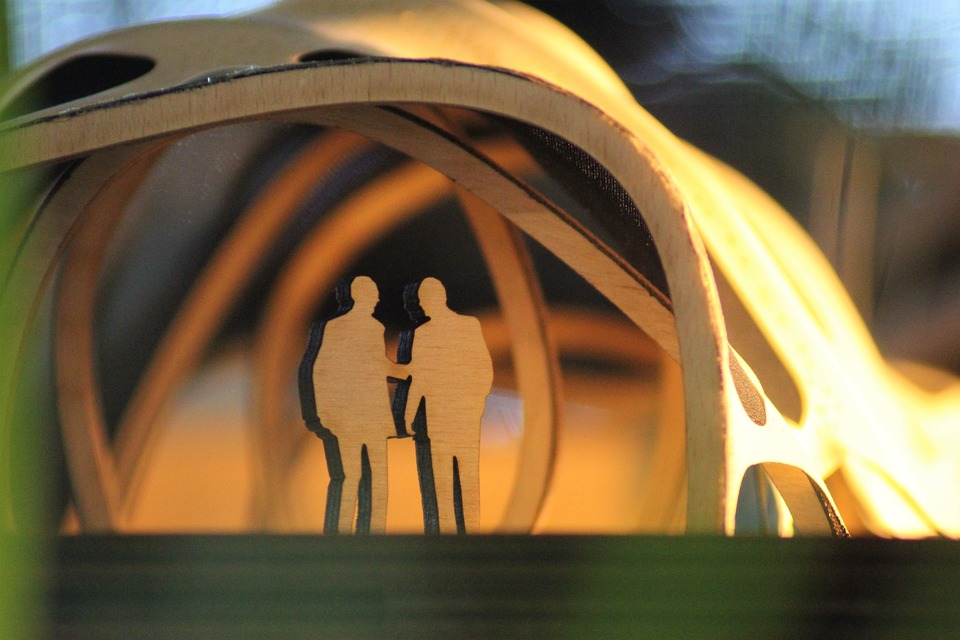Augmented Reality: The Next Step Beyond Virtual Reality

Augmented reality (AR) is a technology that overlays digital information onto the real world, allowing users to interact with virtual objects in a physical environment. This technology has been around for a while, but recent advancements are now allowing for more sophisticated applications in both consumer and industrial applications.
AR is often compared to virtual reality (VR), which simulates an entirely new environment. While both technologies are still in the early stages of development, there is a growing consensus that AR will be the more transformative of the two.
One of the primary advantages of AR over VR is that it does not require users to be completely cut off from the real world. This makes it much easier to integrate into daily life, allowing people to use AR technology for navigation, education, and entertainment without disrupting their surroundings.
AR is already being used in a variety of applications, including gaming, education, and healthcare. In the gaming industry, AR allows for more immersive experiences that blend digital worlds with the real world. For example, the popular game Pokemon Go uses AR to allow players to catch virtual creatures in real-world locations.
In education, AR is being used to create interactive learning experiences that engage students in new ways. For example, AR apps can be used to create virtual field trips that allow students to explore different parts of the world or to teach complex scientific concepts in a way that is more engaging and memorable.
In healthcare, AR is being used to help surgeons visualize surgical procedures and to train medical students in anatomy. AR technology can be used to create 3D models of organs that can be manipulated in real time, allowing medical professionals to practice complex procedures in a safe and controlled environment.
As AR technology continues to advance, it is likely that we will see even more diverse applications in areas such as tourism, automotive manufacturing, and architecture. For example, AR could be used to create virtual tours of historical sites, or to help car manufacturers identify and correct defects in real time.
While there is still much to be learned about the potential of AR technology, there is no doubt that it will be a transformative force in the coming years. As the technology continues to improve, we can expect to see more and more creative and innovative applications that will fundamentally change the way we engage with the world around us.






